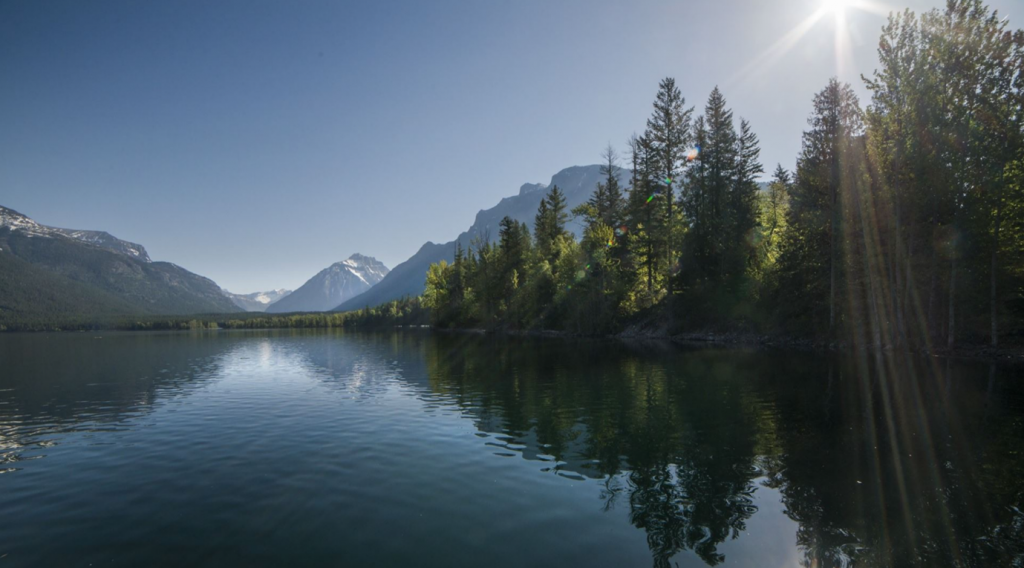Written by Draco Graham-Kevan, edited by Samantha Gregory
Through the Salford Nature Environments Database (SNED) project we aim to provide a large selection of rated environmental images for research into nature restoration. Studies have shown that natural environments are restorative to both mental and physical health, and research has also shown that viewing images or videos of natural scenes can affect people in similar ways to being present in the scene themselves. Despite knowing that these natural environments are restorative, we do not yet fully understand how these restorative effects occur. Therefore, to help understand this, we need to look more at what is going on inside people’s heads when presented with these differing environments. To do this, we need to make use of images of environments in controlled lab settings.

While environmental image databases exist, there is generally a lack of standardization of the levels of the properties that have previously been attributed to the restorative effects of nature, addressing this disparity would allow more accurate conclusions to be made about why and how natural environments are restoring. Further, current databases are also generally lacking in demographic detail and sample diversity, yet we also need to know if there are individual differences in these restorative properties. We hope that the Salford Nature Environments Database can address some of these concerns.
To develop this database we first had to dive into the theory around nature restoration and decide which properties could be captured and rated. First, it is believed that we respond to environments with an immediate judgment of whether we like or dislike them. Relatedly, Kaplan’s Attention Restoration Theory (ART), states that restorative properties of nature are related to instant preferences towards natural imagery, as well as a person’s desire to be in the environment. Further, coherence of the environment is important, as is how much mystery there is in the environment, in terms of gaining new information through further exploration. Further work based on the attention restoration theory led to development of the Perceived Restoration Scale (PRS) of natural environments which digs further into these properties of the attention restoration theory such as fascination and compatibility. In addition, there are evolutionary theories about why we find nature restorative in terms of prospect and refuge theory which says we like environments that give a place of shelter or safety from which to explore. From these theories we therefore chose to target properties of immediate judgement, as well as properties related to perceived restoration and evolutionary theories. To measure immediate judgment, we chose to assess whether we find the environment positive or negative (valence), whether we want to approach or avoid an environment, how aroused we feel by that environment and whether we generally find the environment pleasant. To investigate the other properties we chose to assess the familiarity of the environment, how much mystery was perceived in the environment in terms of how much there was to explore, how interesting the environment was and whether a person would feel at ease in the environment (relating to prospect/ refuge).

In addition to this, we had to think about what types of images we wanted to assess and then gather these images. We wanted to have a range of images that captured the variety of natural environments from naturally formed rivers to urban parks, as well as environments across seasons and region, thus including deserts, snowy scenes, and autumnal forests. In addition, we needed a control condition that captured the built environment effectively.
To gather the images, we recruited three research assistants who were each allocated two types of images to search for. The categories searched for were natural images; caves, woodland, mountains, deserts, snowy landscapes, images containing water (rivers, waterfalls, oceans, lakes), fields, managed landscapes (gardens, golf courses, parks), and also control images containing human architecture. Images were searched for using the website Flickr, this is because Flickr allows anybody to search for images matching a certain description and filter for copyright status. For this database it was important that we only used images with a creative commons licence, meaning that they can be replicated and adjusted for use in different ways by other researchers. Images also had to be over a certain size and quality for the same reasons. We initially collected over 800 images, and then these were curated over three phases, to check for any missed watermarks or distracting features (like people or man-made structures within nature images, for example), check for any duplicates, and check that the images could be cropped and resized without losing any of the necessary qualities. These curations left the database with 500 images.
The next phase of this project was to allow these 500 images to be rated on their restorative qualities. To do this, we recruited 800 participants using Prolific’s participant pool. This allowed us to gather people from all regions of the world, ensuring that there was a more diverse and not just a WEIRD (White, Educated, Industrialized, Rich, and Democratic) sample, which is often a problem in research. Using experiment building site Gorilla, participants each viewed 100 out of the 500 images and were asked to rate each using a sliding Likert-scale system. Ratings were on the properties outlined above and on average each image was rated on each parameter 160 times, well above the necessary 41 ratings that similar databases have calculated as the minimum per image.
Preliminary results have shown that overall participants found the natural images more pleasant, approachable, and calming than the urban control images. This clear distinction of scores between the different environments provides us with evidence of their potential usefulness. The natural images seem calming enough and urban images stressful enough to be used to measure their effects in future studies. The next step is to publish an article on this database and share the images. You can keep up with the progress of the project through the OSF page.

